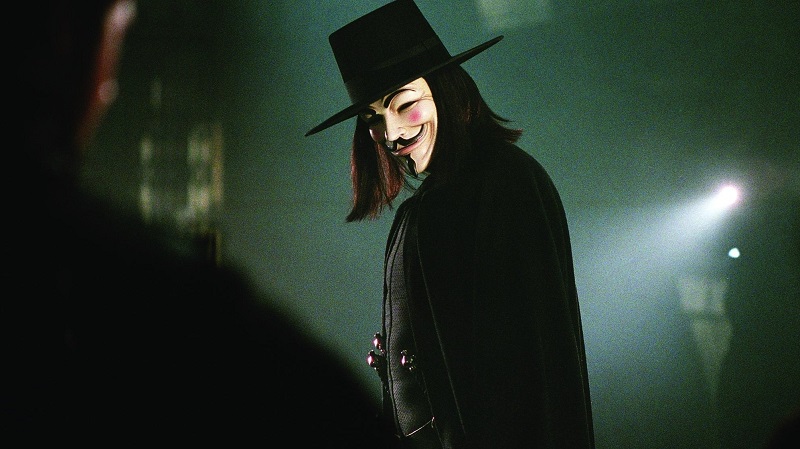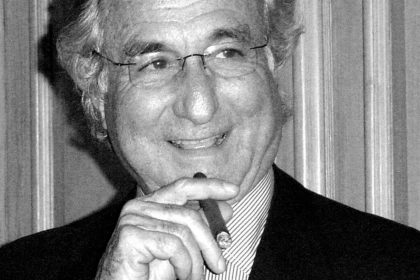We’re all well aware of the plot element in the film V for Vendetta and the use of Guy Fawkes’ masks. After the film, the Guy Fawkes’ masks have become a universally known symbol of protest used among various protesting groups. The masks’ both conceal the identity of the protestants and demonstrate their commitment to a shared cause. Take a look below for 30 fascinating and interesting facts about Guy Fawkes.
1. Guy Fawkes, first a face of betrayal because of his role in the brutal plot to blow up the British parliament in 1605, then a popular symbol of protest.
2. Fawkes was a representative of a flagrant Yorkshire family and a convert to Roman Catholicism.
3. His parents were loyal followers of the Church of England. The family on his mother’s side were recusant Catholics, while his cousin became a Jesuit priest.
4. Oswald Tesimond, Guy Fawkes’ school friend described him as “pleasant of approach and cheerful of manner, opposed to quarrels and strife … loyal to his friends”.
5. His adventurous spirit, and religious passion, led him to leave Protestant England (1593) and enlist in the Spanish army in the Netherlands.
6. While in the Spanish army he gained repute for great bravery and cool determination.
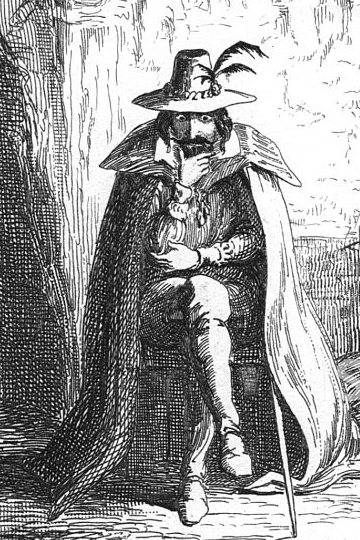
7. The Gunpowder Plot conspirators, led by Robert Catesby, were keen Roman Catholics enraged at King James I for refusing to grant greater religious tolerance to Catholics.
8. The conspirators planned to blow up the Houses of Parliament during the state opening to kill the king and members of Parliament. Their goal was to clear the way to re-establishing Catholic rule in England.
9. In late October 1605, Lord Monteagle, an English aristocrat received a mysterious letter. He intended to be present at the opening of Parliament a few days later, on November 5.
10. The mysterious letter contained a message that the Lord shouldn’t attend the Parliament’s opening in order to preserve his life. The sender of the letter warned the Lord about the things that were about to happen and advised him to burn the letter at the end.
11. It’s believed that the letter was possibly sent by Monteagle’s brother-in-law, Francis Tresham.
12. King James had his doubts regarding the letter at first, whether the threat was genuine or not?
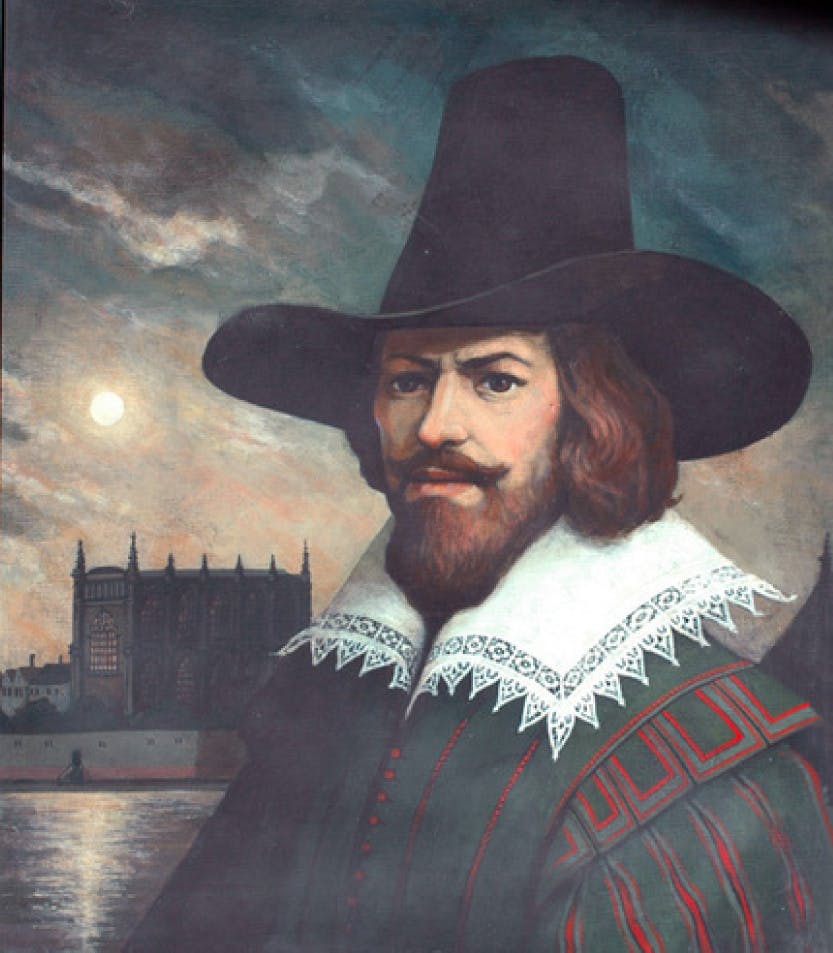
13. Despite his scepticism, on the 4th of November, the Earl of Suffolk led a search of the Palace of Westminster and its vicinities, where England’s Parliament was due to meet the next day.
14. The earl stated that he found no considerable cause for concern, but he did notice a privately lent ground-floor storeroom that had an unusually large amount of firewood.
15. Robert Catesby known as the initiator of the plot and his small band of Catholics decided that they needed help from a soldier who would not be as familiar as they were.
16. In April 1604 they sent a man to the Netherlands to enlist Fawkes, who, without knowledge of the precise details of the plot, returned to England and joined them.
17. The plotters lent a cellar spreading under the palace, and Fawkes planted 36 barrels of gunpowder and concealed them with coals and fagots.
18. The initial plan was to dig a tunnel under the Houses of Parliament and use it to move the gunpowder under Parliament’s walls.
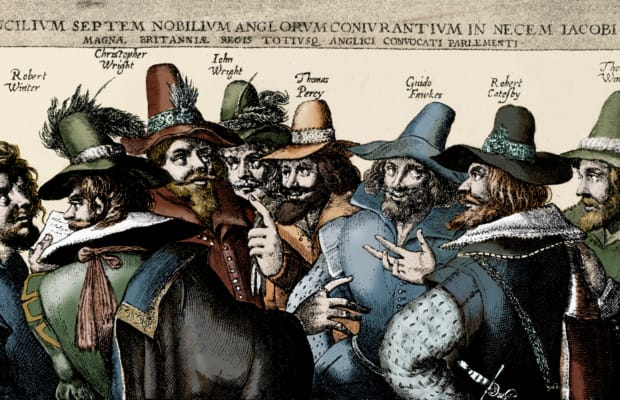
19. Fawkes pretending to be a servant took the false identity of John Johnson.
20. Once the plotters managed to rent a basement in the House of Lords the tunnel plan was forsaken.
21. Sir Thomas Knyvett, a marginal but reliable royal official, supervised a second search of the buildings around Parliament.
22. Knyvett had exposed an astounding conspiracy to blow up the members of both Houses of Parliament, the king, most of the royal family, and important officers of state.
23. They intended to set up a Roman Catholic regime in Protestant England, with James I’s daughter Elizabeth—who would not be in attendance—as its puppet ruler.
24. When the plot was exposed Guy Fawkes was arrested, on the night of the 4-5th of November 1605).
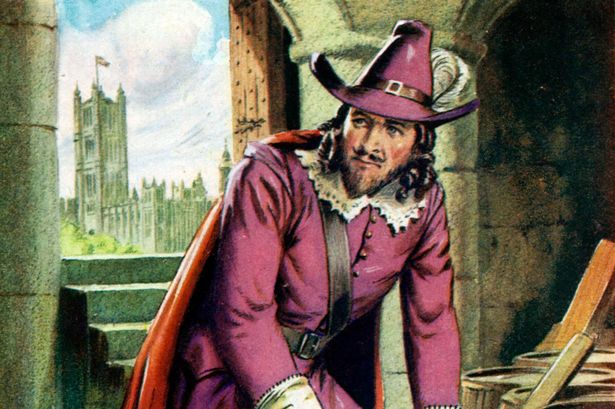
25. He revealed the names of his accomplices after being tortured.
26. Tried and found guilty on the 27th of January, 1606, Fawkes was supposed to be executed opposite the Parliament building, but he fell or jumped from the gallows ladder. He broke his neck and died instantly.
27. Cut into quarters his corpse was distributed for public display through the country.
28. The other plotters were either killed resisting capture or tried, convicted, and executed.
29. The Parliament accepted the 5th of November a national day of thanksgiving. The first celebration took place in 1606.
30. Guy Fawkes Day is a British ceremony celebrated on the 5th of November, honouring the failure of the Gunpowder Plot of 1605.

